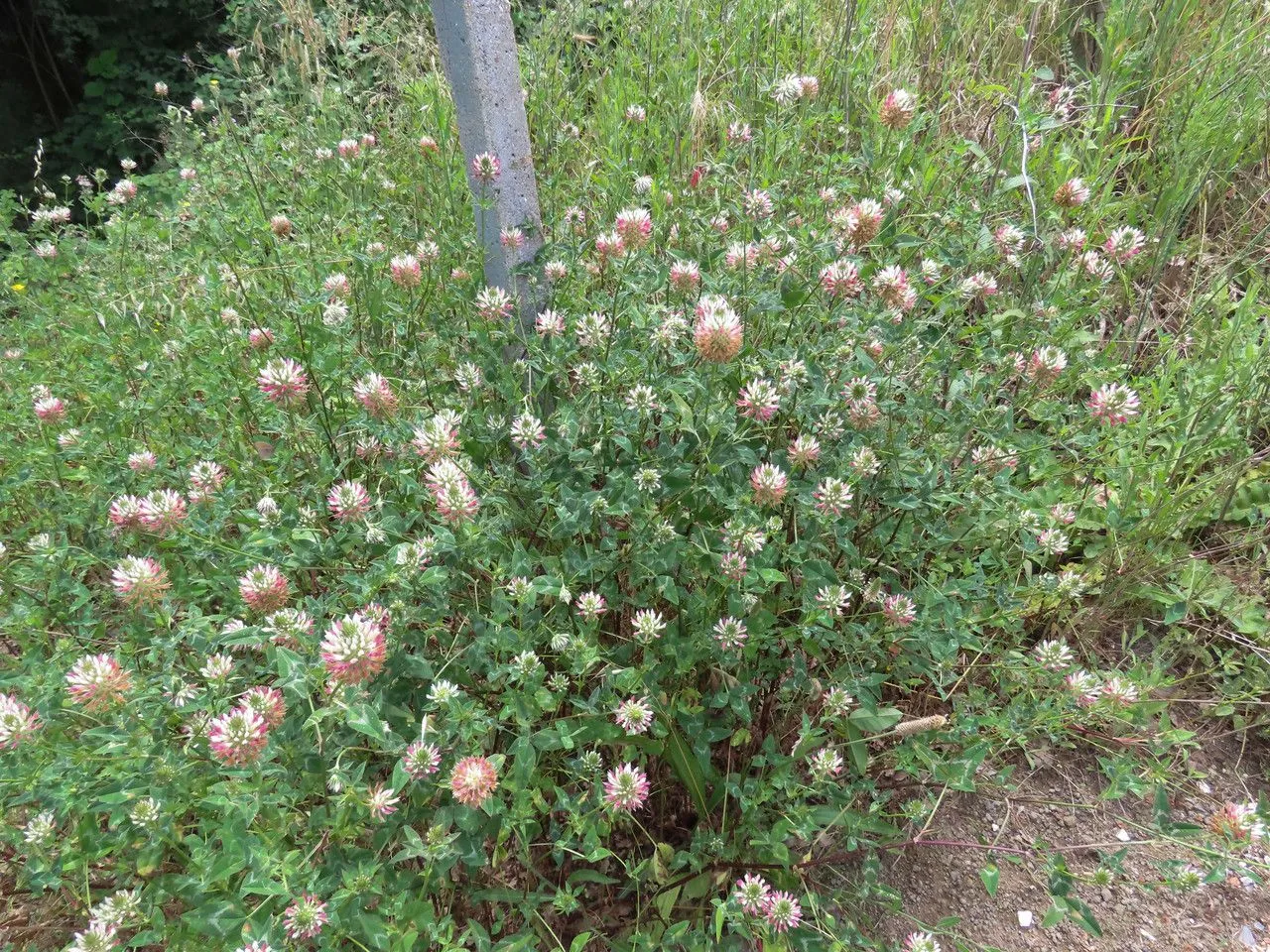
Author: Savi
Bibliography: Fl. Pis. 2: 165 (1798)
Year: 1798
Status: accepted
Rank: species
Genus: Trifolium
Vegetable: False
Observations: SE. & E. Europe to Türkiye
Arrowleaf clover, scientifically known as Trifolium vesiculosum, is a notable member of the Fabaceae family. This species was first documented in the late 18th century, with an entry in the bibliography titled “Fl. Pis.” (published in 1798 by Savi). Arrowleaf clover is predominantly found in Southeastern and Eastern Europe, extending its range into Türkiye.
Characterized by its arrow-shaped leaves, this clover is adapted to various environmental conditions across its geographic range. It thrives in temperate climates and is often recognized for its ability to fix nitrogen in the soil, making it a valuable plant for improving soil fertility in agricultural settings.
The plant produces small, globular flower heads that exhibit vibrant hues, typically ranging from pink to purple. These blossoms not only contribute to the aesthetic value of natural landscapes but also play a significant role in supporting local ecosystems by providing nectar for pollinators such as bees and butterflies.
Arrowleaf clover’s versatility and adaptability make it a popular choice among farmers and gardeners alike. Its resilience against diverse climatic conditions coupled with its agronomic benefits underline its importance in both natural and cultivated environments.
Eng: arrowleaf clover
Deu: blasenfrüchtiger klee
Lit: pūslėtasis dobilas
Swe: pilbladsklöver
En: Arrowleaf clover
Af: Assegaai klawer
Fr: Trèfle renflé en vessie, Trèfle vésiculeux
De: Blasenfrüchtiger Klee
It: Trifoglio vescicoloso
Lt: Pūslėtasis dobilas
Sv: Pilbladsklöver
Taken Jun 20, 2021 by andrea sonaglia (cc-by-sa)
Taken Jun 19, 2022 by Nacho Vilchez (cc-by-sa)
Taken May 7, 2021 by Francesco Caiulo (cc-by-sa)
Taken May 30, 2021 by Gisella (cc-by-sa)
Taken Jul 3, 2021 by Renato07 Renato07 (cc-by-sa)
Taken Jun 14, 2020 by Emanuele Santarelli (cc-by-sa)
Taken Jun 24, 2021 by abc d (cc-by-sa)
Taken Jun 21, 2014 by EOL − Sam Kieschnick (cc-by-nc)
Taken Jun 8, 2015 by EOL − laura preston (cc-by-nc)
Taken Jun 13, 2021 by Peter Demuro (cc-by-sa)
Taken Oct 8, 2022 by Luca Love Photo (cc-by-sa)
Taken Jun 19, 2022 by Nacho Vilchez (cc-by-sa)
Taken Apr 7, 2022 by Pedro Neves (cc-by-sa)
Taken Jan 17, 2008 by EOL − Zoya Akulova (cc-by-nc)
Taken Jan 17, 2008 by EOL − Zoya Akulova (cc-by-nc)
Taken Jan 1, 1970 by Photoflora – L’Abbé COSTE (©)
© copyright of the Board of Trustees of the Royal Botanic Gardens, Kew.
Growth form>: Single Crown
Growth habit>: Forb/herb
Growth rate>: Rapid
Ph maximum: 7.5
Ph minimum: 6.0
Light: 9
Atmospheric humidity: 5
Soil nutriments: 6
Soil salinity: 5
Family: Myrtaceae Author: (F.Muell.) K.D.Hill & L.A.S.Johnson Bibliography: Telopea 6: 402 (1995) Year: 1995 Status:…
Family: Rubiaceae Author: Pierre ex A.Froehner Bibliography: Notizbl. Bot. Gart. Berlin-Dahlem 1: 237 (1897) Year:…
Family: Sapindaceae Author: Koidz. Bibliography: J. Coll. Sci. Imp. Univ. Tokyo 32(1): 38 (1911) Year:…
Family: Asteraceae Author: A.Gray Bibliography: Pacif. Railr. Rep.: 107 (1857) Year: 1857 Status: accepted Rank:…
Family: Fabaceae Author: Medik. Bibliography: Vorles. Churpfälz. Phys.-Ökon. Ges. 2: 398 (1787) Year: 1787 Status:…
Family: Aspleniaceae Author: (Cav.) Alston Bibliography: Bull. Misc. Inform. Kew 1932: 309 (1932) Year: 1932…